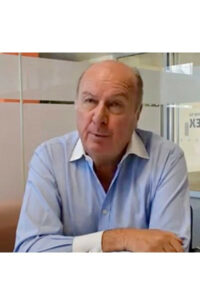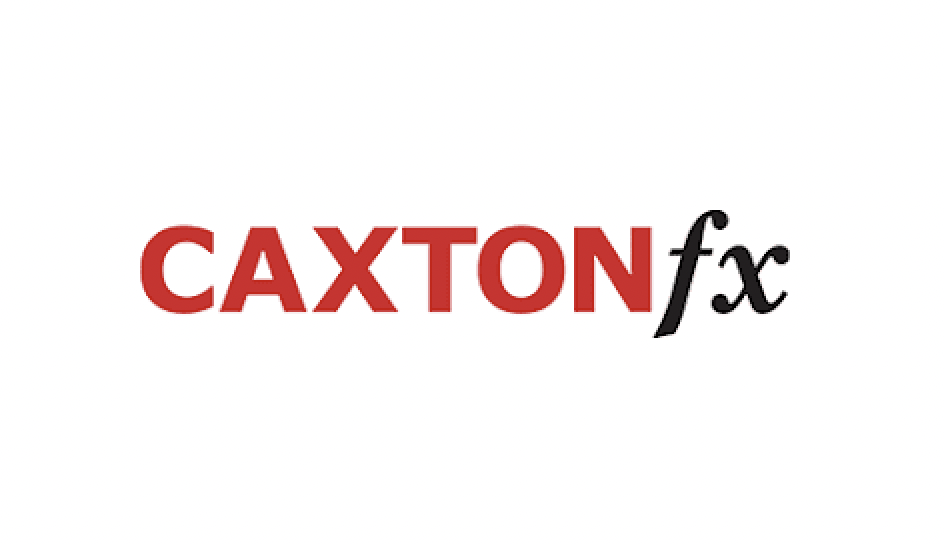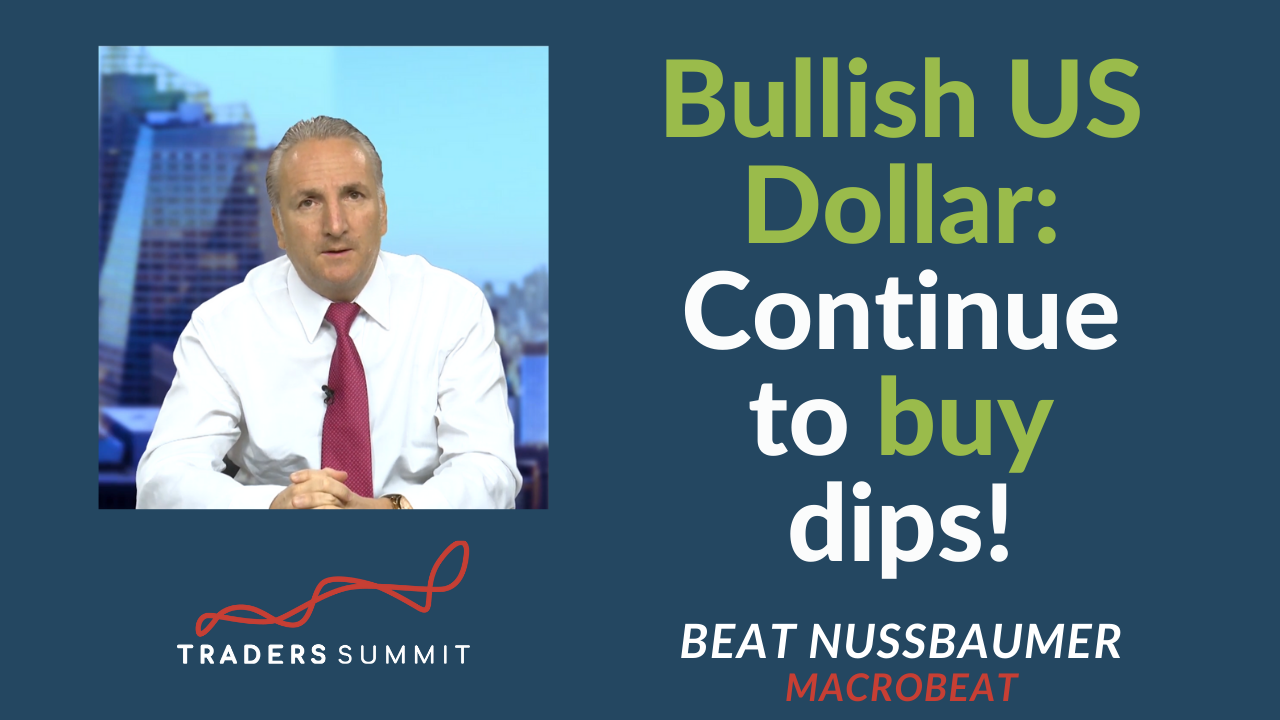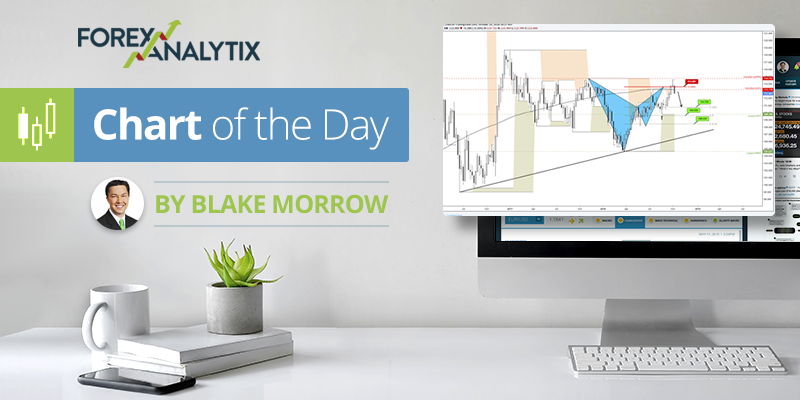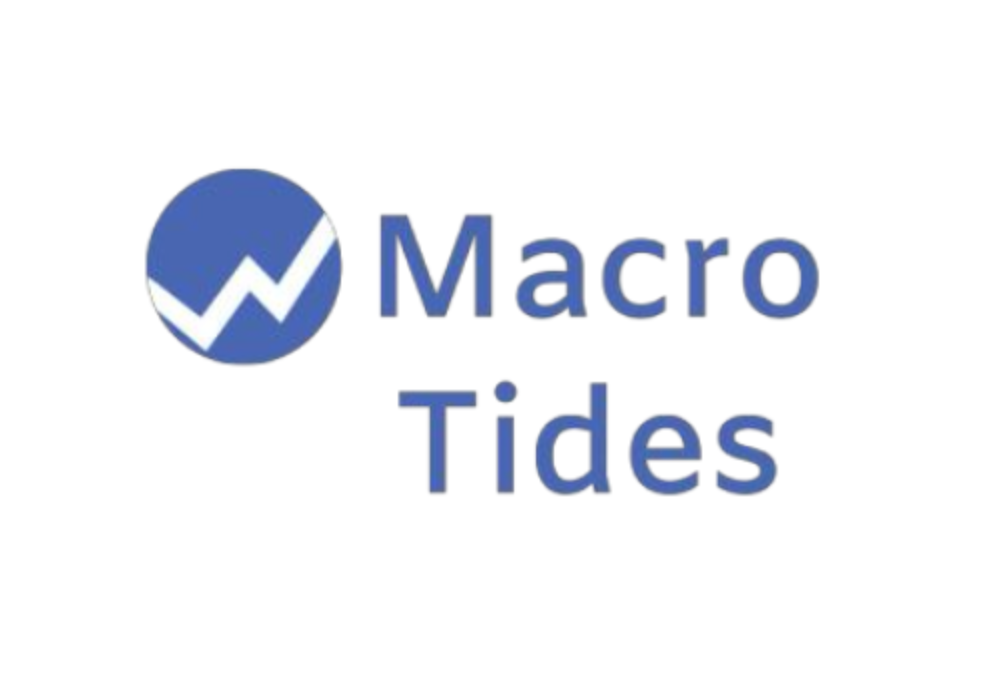Spotlight Falls on Bank of England

Spotlight Falls on Bank of England
Last week the Fed and the ECB duly held their respective meetings and delivered pretty much what was expected by the markets, and in the end, the currency volatility that many hoped for didn’t appear. The statement and press conference from the Fed contained no real surprises, and further moves in interest rates now appear to be on hold for the time being. Much has been written about this, and markets are speculating that this pause will be followed by rates starting to drop. As we said last week, we don’t buy into this theory and think that the pause is equally likely to be followed by a further hike as it is by a cut. Away from the currency markets, the derivative markets are reflecting the stress that is being felt in the US regional banking sector, which is suffering from a crisis of confidence. Whether the problems these “secondary” banks are facing are the harbinger of more widespread problems in the US financial sector, time will tell. Regardless of the outcome, the uncertainty will lead to tighter credit conditions which will, in turn, dampen activity and potentially inflation. All pretty gloomy, but employment is still strong, as Friday’s stellar Non-Farm Payroll report showed. Even after revisions to the last two months’ figures, there are still 1.6 job openings for every unemployed person in the US. The week ahead may be challenging for the dollar and the Fed, with inflation data due on Wednesday and producer prices on Thursday, which the market expects to show a level of disinflation.
Following the ECB meeting, they delivered a slightly dovish 25bp hike whilst making it clear that there is more to come from them, and with inflation still hovering around 7%, there clearly is. The ECB deposit rate at 3.25% is at its highest level for nearly 15 years, and Christine Lagarde came out in full hawkish mode during her press conference, making it clear that the ECB was “not pausing” and we expect a further 25bp move upward in June. Somewhat puzzlingly, the euro initially moved down against the dollar, which seems bizarre when you compare the Fed and the ECB’s rhetoric on the likely future path of interest rates. It feels that the slight slip in the EURUSD rate may have been down to an element of profit-taking, and with markets in a generally dollar-negative mood, we expect that the euro will soon be testing 1.11 against the greenback. With another long weekend behind us, which we hope everyone enjoyed celebrating the coronation, we have a truncated four-day week ahead. Shortened or not, it could be a crucial week for sterling with the least predictable of the major central banks, the Bank of England meeting on Thursday. In fairness, the pound has recently enjoyed a stonking run against the dollar and has opened the week comfortably above 1.26, so all looks rosy. So life should be easy for the Old Lady, well, if only that was the case. Inflation still firmly has the upper hand in the UK, as we all know and as we have repeatedly said, the BoE has done too little too late on interest rates, and to confound matters, their communication has been atrocious. Adding insult to injury, do we really need to be told by the Chief Economist of the BoE, Huw Pill, that we all must take our share of the pain? It sure looks like another 25bp is in the pipeline, followed probably by a pause, but the MPC has been hard to call, and we will be watching the split of votes as much as possible. If the split on the panel is something like 7-2 for a 25bp hike, sterling should push ahead, but any sign of dissent would cap its recent rise. There is also quite a full data docket lined up for sterling on Friday, and with the BoE becoming more data-dependent, this could make for a very volatile session, especially as the market may be thinned by industrial action by the train unions.
20230509


